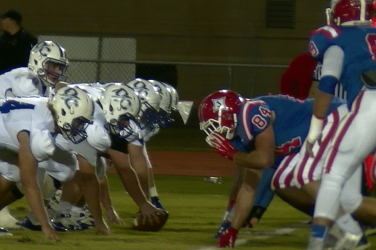
Since Georgia voters struck down Amendment 1 in November, there have been questions about what to do next about Georgia’s failing schools— but first, we need to understand how the state determines a failing school.
In Georgia, a school is deemed “failing” if it scores a 60 or below on the College and Career Performance Index (CCRPI) for three years in a row.
Georgia adopted the CCRPI in 2012 as a way to opt out of Adequate Yearly Progress (AYP), the federal testing system that went with No Child Left Behind. The AYP was criticized for being an overly simplistic, all-or-nothing standard.
The CCRPI is made up of four major metrics: achievement, progress, achievement gap, challenge points. These points add up to 100, as well as up to 10 bonus points from performance flags and star ratings.
Achievement points come from student test scores on state assessments, or Georgia Milestones. They also come from graduation rates, or graduation predictor rates, as well as student performance in other measures of college and career readiness. These points carry half the weight for the school’s overall score.
Progress points come from a student growth percentile that measures student growth compared to similar students across the state. This counts for 40 percent of the overall score.
Achievement gap measures how well the lowest-scoring 25% of students in the school are performing compared to the state average, as well as how much progress they’re making against their past scores. This counts for 10 percent of the overall score.
Challenge points come from separate goals for three group of students—economically disadvantaged students, English learners, and students with disabilities. The points measure how these groups are meeting their own performance targets, as well as the extent to which schools are putting practices into place associated with college and career readiness. This counts for 10 percent of the overall score.
The CCRPI measures more than just test scores, but does it accurately reflect a school’s success? That’s a conversation for another post, so check back soon.
This post was written by Grady student Maureen Sheeran for the JOUR 4090 Multiplatform Story Production course. Read more of her work on her course blog: https://newineducation.wordpress.com/. Follow her on Twitter @m_sheeran.
Follow Grady Newsource on Facebook or Twitter @GradyNewsource.





